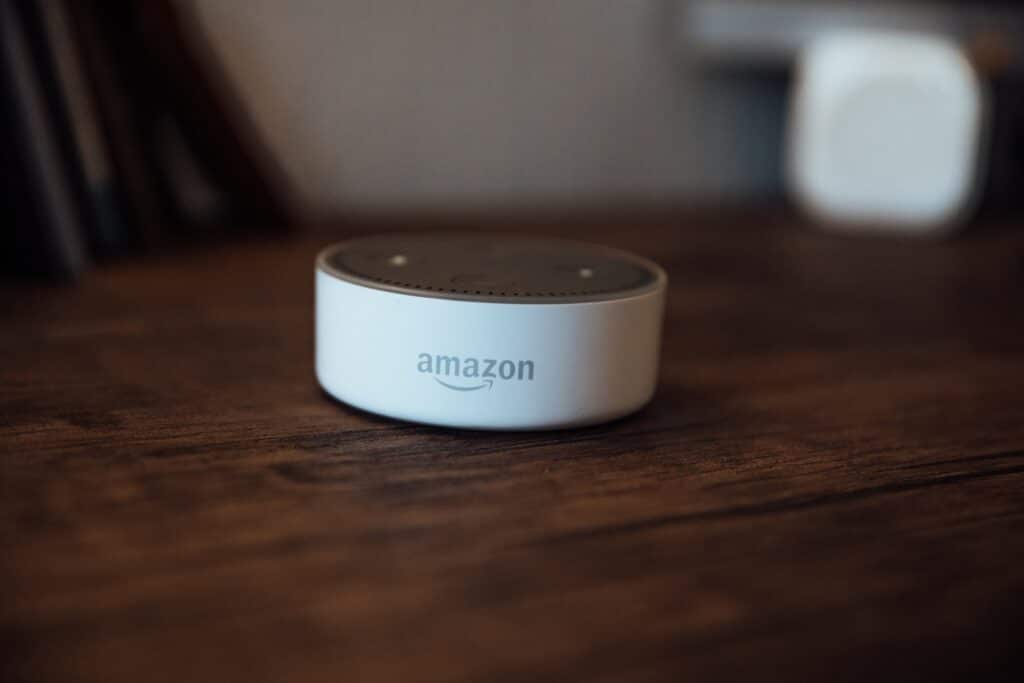The difference between voice recognition and speech recognition may seem arbitrary, but they are two key functions of virtual assistants. Essentially, voice recognition involves technology that recognizes the voice of the speaker. Alternatively, speech recognition is the technology that recognizes the actual words. This distinction is important as they both have different roles. For instance, voice recognition allows for security features like voice biometrics. Speech recognition is the tool that produces automatic transcriptions and accurate commands.
If you didn’t know the difference between the two, you’re not alone. Most people use them interchangeably. However, you’re likely interacting with both tools regularly, perhaps without even knowing. For instance, AI voice commands are everywhere nowadays. By using Apple’s Siri, Microsoft Cortana and Amazon’s Alexa, many of us are now commanding our electronics with our voice in a sci-fi dream come true. If you ever read your voicemails, you’re using speech recognition. So, here is a quick rundown of voice and speech recognition, and the roles they’ll continue to play in technology of the future.
What is voice recognition?
Voice recognition is the process that allows Artificial Intelligence to recognize and decode human speech patterns. It essentially allows for your computer, smartphone or virtual assistant to understand what you’re saying and respond. This technology is everywhere. In fact, 9.5 million people in the UK use a smart speaker, which is an increase of 98.6% from 2017. Predictions indicate it’s and only going to become more prevalent in the future.

What is speech recognition?
Speech recognition technology converts speech into text. This technology identifies words, and in cases of more advanced AI, can also decipher differences based on context. Automatic speech recognition (ASR) tools use this technology. ASR transcribes your voicemails, but its also an accessibility tool that allows people who can’t type to speak to their computer to write emails, searches, school assignments and more.
The difference between voice recognition and ASR
The difference between Voice Recognition and Automatic Speech Recognition (the professional term for AI speech recognition, or ASR) is how they process and respond to audio. Voice recognition is something you will use with devices like Amazon Alexa or Google Dot. It listens to your voice in real-time and responds. Voice Recognition has limited functionality, usually restricted to specific tasks. This process is how most digital assistants operate.
ASR is different in that rather than recognizing voices, it instead recognizes speech. Using Natural Language Processing (NLP), it can accurately generate a transcript of audio, creating real-time captioning. ASR is not 100% accurate — in fact, even in perfect conditions it can contain many errors. However, it is fast, and its an inexpensive way to convert speech to text.
Essentially, ASR captures what people say, while Voice Recognition identifies who said what. Both processes are very closely linked but have distinct roles.
Why do they matter?
So, why do these two technologies matter? Well, they matter because right now, you’re most likely reading this on a device that has both AI speech recognition technology as well as AI voice recognition technology. These tools are all around us and are only going to become more common over time. Reports suggest that by 2025, this industry could be worth $26.79 billion dollars, or £20.82 billion pounds.
Getting to grips with this technology now, and figuring out the best ways to use it, will greatly help your businesses growth over the next five years.
When do you need voice recognition?
There are plenty of benefits to employing voice recognition into your workflow. Here are a few of the most important ways to use this technology.
User Verification
HSBC launched voice biometrics as a security measure on their accounts in 2016. Since then, they report that their fraud prevention efforts net a savings of £300 million. Using voice as a password increases security while saving money on biometrics.
More efficient and faster operations
The ability to communicate precisely with technology using just your voice eliminates the need for error scans and instead allows for more accurate workloads at a faster pace.
Convenience
Having your speaker or your computer recognize your voice from the outset means that after the initial set-up, the computer adapts to your voice and speaking pattern. Doing this means better accuracy and allows for better communication and task management.

When do you need speech recognition?
Speech recognition supports many industries with quick turnaround times on transcription services and through software computer help. Here are a few uses for speech recognition technology.
Note-taking
Devices such as Alexa, Google Home and Siri employ speech recognition to transcribe your thoughts into notes. This allows for specific responses through NLP, and can make your virtual assistant simulate personality.
Disability help
Speech recognition is vital for people with disabilities. Auto-generated subtitles, Dictaphones and Text relays allow for Deaf, hard of hearing and people with learning disabilities to engage with media and the wider world. It is a necessary innovation for a lot of people and something that drives technology further.
Video and archiving
In the video creation field, ASR is helping to create searchable transcripts that support archiving efforts. Along with object detection, many Software as a Service Providers are employing it in the creation of metadata and archiving.
When should you opt for transcription services that use professional transcribers?
ASR vs Human transcription is a topic that is ongoing and, on the surface, seems complicated. However, the differences between the services are actually fairly pronounced. It boils down to three main factors: cost, speed and accuracy.
Cost
When we talk about cost, we’re considering both money and time. In monetary terms, ASR comes with lower upfront costs than hiring a human transcriptionist.
In fact, most smart devices have some form of transcription software built-in. However, for more professional tasks, such as legal transcription, accuracy becomes a factor. In these cases, the time aspect factors in. ASR is not as accurate as human transcription, meaning that whenever you use ASR you will then need to spend time going through the transcript and fixing errors. Additionally, in some cases, institutions that tried to cut costs with ASR captions ended up footing the bill later for legal fees because of their inadequate accessibility.
Speed
ASR is faster than human transcription. A computer can obviously process things faster and create a transcript sooner than a human. However, you then also need to factor in the time cost again. If the audio is heavy with background noise or there is more than one speaker, the ASR might not be able to produce a usable transcript.
Accuracy
Accuracy is where the true difference lies. For personal note-taking, when there is only one speaker, then ASR may suffice. When it’s necessary to have accurate, verbatim transcripts, human transcription services are superior. These solutions offer far more flexibility in content, ranging from detailed notes to verbatim records, with fewer mistakes.

Use AI recognition for the right tasks
Artificial Intelligence is an exciting and evolving field of study and innovation. It is constantly improving and advancing — we can see that in the new generation of smart home devices that offer more connectivity and more intelligent design. There is a space for advanced AI recognition in most industries where speed and convenience are important.
It is not a catch-all solution, however. As with every task in business, there is no one correct answer. Your use of AI depends entirely on your unique set of circumstances. It’s important to bear this in mind when looking at how you can implement AI solutions. Sometimes the human touch is better for a task. With careful consideration for how AI helps solve your problems, you’ll be in a much better position for the future.
Verbit uses its own mature AI to support the work of human transcriptionists. This process allows us to benefit from the accuracy of a human professional, while boosting our efficiency and reducing turnaround times. Reach out to Verbit today to learn more about our transcription, captioning and other solutions.




